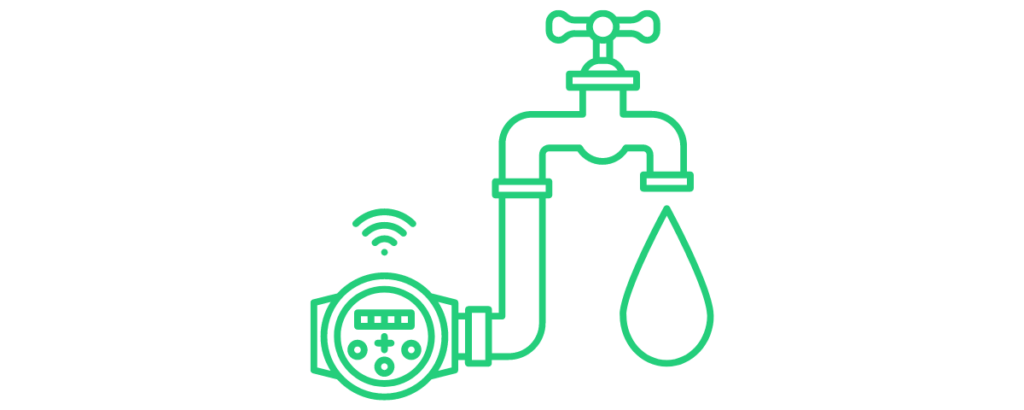How does energy get to our homes?
In our everyday lives, we rely on energy, yet we often have limited knowledge of how it enters our homes, powers our appliances, and how we pay for it.
So how does energy get to our homes? Think of it as a giant water supply system:
Power plants are like water treatment plants that generate water.
High-voltage transmission lines are like large pipes that carry water long distances from the treatment plant to a water tower.

Lower-voltage distribution lines are like smaller pipes that deliver the water from the water tower to individual homes.

Electricity meters are like water meters that measure the amount of water used by each household.

And the energy bill is like the water bill that is based on the amount of water used.

So, just like water is treated, transported, and delivered to our homes, energy is generated, transmitted, and distributed to our homes, powering our appliances and devices.
The shift towards decentralisation:
The energy system is now moving towards being a decentralised system. A decentralized energy system is where energy is generated and consumed locally, rather than being produced at a centralized power plant and distributed over long distances. A decentralised system means better energy security, costs savings for homes, reducing carbon emissions, increase grid resilience, and empowerment for people.
Embracing flexibility:
But a challenge is that the existing smaller low voltage cables will not be able to cope with the amount of new demand and generation from the decentralised system. This is where flexibility i.e., tactically spreading demand and generation thought out the day can help alleviate spikes in electricity in the cables and equipment.
This is the work of Project LEO, one of the programmes that Low Carbon Hub has partnered in. So how can we build flexibility into our energy system?
When local supply capacity is tight, we could:
- Reduce our energy demand or shift it in time e.g. turning the washing machine on a different time of day
- Increase local generation
- Discharge a battery
When there is too much local generation:
- We can turn generation down (responsive generation)
- Charge batteries
- Increase demand by pre-heating water, pre-cooling buildings, rescheduling tasks etc.
Making room for more demand with what we’ve already got:
- With intelligent coordination we can make room for EV charging, heat pumps etc while minimising the need for infrastructure investment.
Our energy system is changing. Increased local generation and storage, electrification of our heating and transport systems, the rise of flexibility services to help balance the grid in real time will require a smarter way of managing our energy system.
